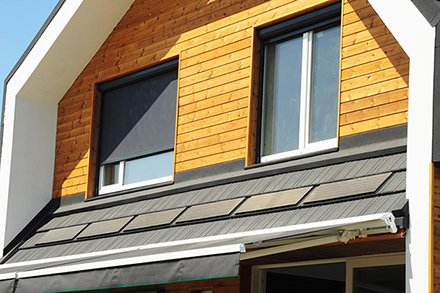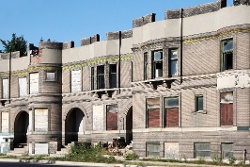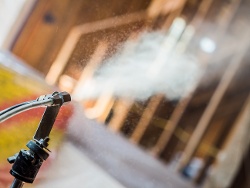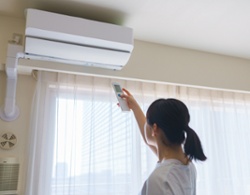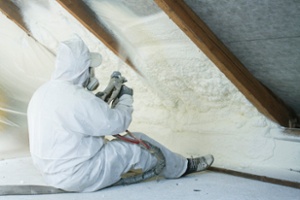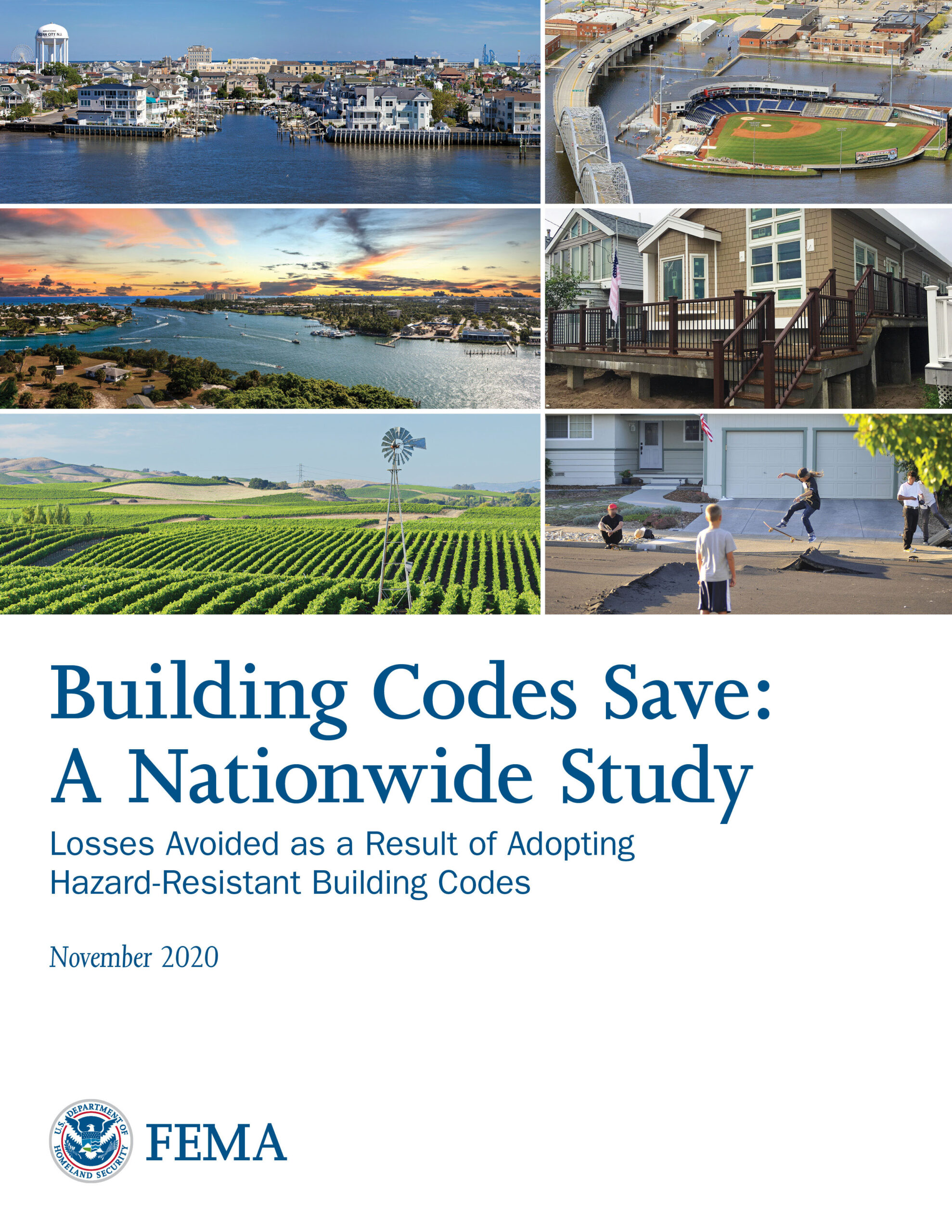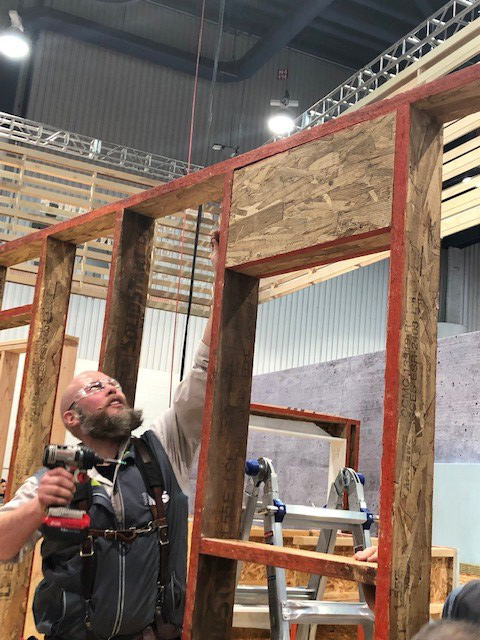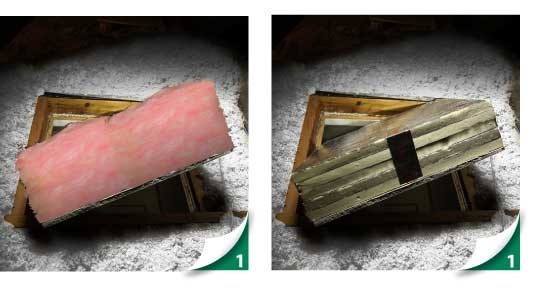A new report from Emu Passive, which specializes in Passive House training and consulting, looks at the ability of 12 building standards to deliver resilience, a healthy environment, and efficient buildings. The research examines how the various building standards perform based on the most common challenges for buildings. PHI Passive House performed the best among the standards considered, but more details on the performance of each standard emerge within this research.
Details »Insulation Institute Blog
Posts Categorized: Building Performance
The $32M DOE Effort to Boost EE
Long-needed energy efficiency improvements in much of America’s public housing means that low-income tenants spend a significant portion of their income on energy costs. Moreover, buildings are the second-largest carbon dioxide emissions source. The U.S. Department of Energy (DOE) seeks to address this by launching an experiment with architects and public housing agencies to retrofit these homes with heat pumps and insulation upgrades to improve their efficiency.
Details »Great Insulation and Air Sealing at Lower Costs
In home construction, getting great air sealing and insulation are the Holy Grail in delivering a high-performance home with an effective thermal envelope. The prevailing belief among many in the building industry is that only spray foam insulation can deliver the thermal performance and airtightness that is required but that simply isn’t true. Moreover, installed costs are a top consideration for most builders, thus finding products that can help builders meet thermal performance and airtightness targets for less is important. Insulation Institute looks this week at new case studies for residential construction that show even the most aggressive airtightness targets can be met cost-effectively without using spray foam.
Details »Better, Greener AC
Record heatwaves remind us that residential air conditioners (AC) are a wonderful invention, and as sweltering heat blankets much of the country, the demand for home AC will only increase. Unfortunately, this only drives CO2 emissions higher, increasing global warming. One way that we can ensure that we reduce greenhouse gas emissions as much as possible is by adopting more stringent building energy codes that offer higher levels of insulation and air sealing, reducing the amount of energy needed for air conditioning.
Details »DOE Analysis of the 2021 IECC Reveals Big Savings
The U.S. Department of Energy (DOE) Office of Energy Efficiency and Renewable Energy recently issued a preliminary analysis of the 2021 International Energy Conservation Code (IECC), noting that the code will improve energy efficiency in residential buildings. DOE’s technical analysis of the updated code (relative to the 2018 IECC edition) pegs national savings of approximately:
Details »Trading Off Thermal Resistance is a Very, Very Bad Idea
If you’ve been following our blog for some time now, you know that we write regularly about basic building science. In fact, we completed a primer, Building Science 101 with Building Scientist Allison Bailes a few years back. Dr. Bailes, a Georgia resident, recently wrote the state’s Department of Community Affairs to object to a proposal that would allow as little as R-20 spray polyurethane foam (SPF) insulation to be used on the underside of the roof deck in new homes built in the state when R-38 is required. You may ask why R-20 SPF at a blower door rating of 3ACH 50 was proffered as a substitute for R-38 and 5ACH 50. So did Bailes.
Details »The Crux of Better Building
Builder Ryan McCoon, LEED APH of Endura Performance Homes, has more than 30 years’ experience in the residential construction industry and has built 60 homes ranging in price from $500 – $1.5M in Traverse City, MI area. As a high-end custom builder, Ryan has the weight of his client’s expectations at the forefront of his mind as he completes their homes. He takes care to ensure that the projects are attractive, healthy, and have lower operating costs and increased durability for many years to come.
Details »FEMA Says Homes at Risk Due to Outdated Codes
The Federal Emergency Management Agency (FEMA) has released a long-awaited study detailing archaic building codes’ impact on communities. The report concludes that 65 percent of counties and municipalities in the United States have not adopted modern building codes. These communities incur an additional $1.6 billion a year in property damage due to flooding, strong winds, and earthquakes – costs that could be averted altogether if building codes were up-to-date.
Details »Incremental Steps to Advanced Framing
As lumber costs skyrocket across the country, driven by strong homebuilding numbers and residential and commercial renovation projects, cost containment measures become more important for home builders. One effective way to reduce lumber use is advanced framing and it comes with the added benefits of optimized energy efficiency and structural integrity. Yet the shift from traditional to advanced framing can be daunting for some because change is hard. Getting started with online training that focuses on incremental shifts in construction practices that are part of advanced framing techniques may ease the learning curve.
Details »Two Really Avoidable Insulation Gaffes
Would it surprise you to learn that among the top 10 reasons cited for a failing a final new residential home inspection is missing insulation in the attic access or floor? Improperly installed insulation is an inconvenient problem that can be fixed relatively easily, but insulation that’s completely missing on a final inspection can cost additional time and money for the builder. There’s a simple solution to avoiding this: a checklist and quality control review before final inspection.
Details »
